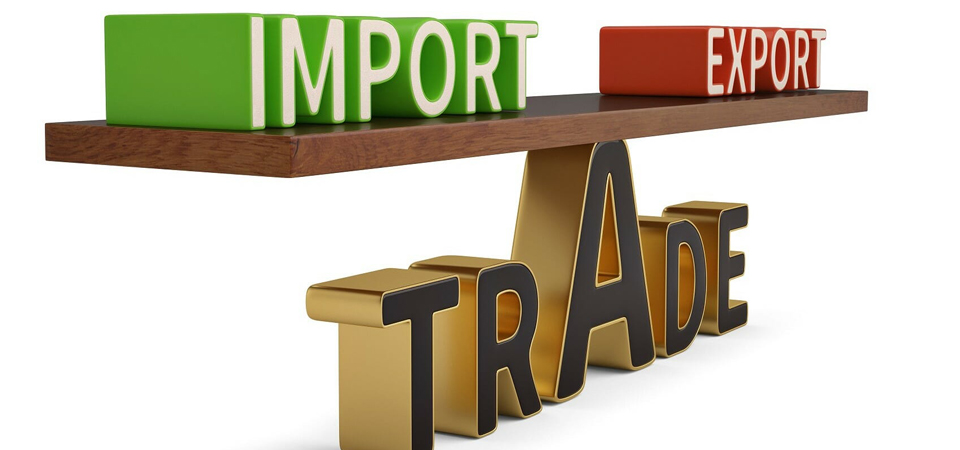Govt takes initiative to revise trade strategy

By Modnath Dhakal
Kathmandu, Dec. 22: The government is planning to formulate a new trade integration strategy to promote the export of Nepali products and support in the economic development of the country and job creation.
The Ministry of Industry, Commerce and Supplies (MoICS) is working to create a new version of the strategy that largely failed to achieve the goals set in the past.
Currently, it is assessing the impacts of the previous National Trade Integration Strategy (NTIS), 2016 to identify major strengths and weaknesses of the programme in order to create more effective one.
“Export promotion is one of the top priorities of the government as it would help in job creation and expansion of economic activities. The government will formulate the new strategy in close consultation with the private sector,” Secretary of the MoICS, Arjun Pokharel has said at the ‘Post-COVID revival seminar’ organised by the Federation of Nepalese Chambers of Commerce and Industry (FNCCI) last week.
The MoICS has conducted a discussion with the private sector organisations and other stakeholders.
The Nepal Chamber of Commerce (NCC) has suggested the government to include the hydroelectricity as the export commodity in the NTIS.
“Continuing with what we are doing now won’t help in trade promotion. Government mostly remains idle after formulating the policies. Reducing trade deficit should be the top agenda of the government, not only the MoICS,” said Rajendra Malla, President of the NCC.
According to him, Nepal had failed in export promotion of goods like cashmere, tea and garment that have high potential because of poor branding. He said that collective trademarks of potential goods that are already performing well in the international market should be developed and promoted.
“Government should implement incentives on export. Simplifying and supporting in the marketing of ‘made in Nepal’ goods in the domestic and international markets could be the key to success of the strategy,” said Malla.
He recommended including hydroelectricity in the new NTIS if the country aimed to develop the strategy to support in import substitution in the long-term.
Chair of Export Promotion Committee at the FNCCI, Manish Lal Pradhan, said that the amendments in the framework couldn’t help much, it needs to be revamped.
“Policy is changed twice in the past but results were not encouraging. Product selection method should be more robust and practical. Goods like felt that have high export potential should be included in the strategy,” he said.
According to him, one-door policy is not a clear framework while there is confusion about the value addition as well. Currently, the product should have 30 per cent value addition to get the export incentives but the private sector entrepreneurs want it at the two levels.
Similarly, there is no close coordination among the ministries and government agencies, apart from the MoICS, other government bodies did not care about the NTIS, entrepreneurs said at the post-COVID revival conference.
The private sector organisations have suggested the government to prepare the NTIS as an instrument for the graduation of the country from the Least Developed Country (LDC).
“It’s been more than a decade since the private sector has been demanding for the establishment of accredited lab but we still don’t have the facility,” said Pradhan and added that infrastructure like energy, roads and labs should be developed at the earliest.
The government had launched NTIS in 2010 and 2016. It had revised the 2010 strategy and reduced the goods and services having high export potential to 12 from 19 – nine products and three services.
The list included leather and footwear products, readymade garments, pashmina, hand-woven carpet, black cardamom, ginger, tea, and medicinal and aromatic plants. Likewise, remittance generating services, information technology, business process outsourcing and IT engineering, and tourism were also included in the NTIS 2016.
However, the exports of high potential goods have been continuously decreasing over the past decade.
Recent News

Do not make expressions casting dout on election: EC
14 Apr, 2022
CM Bhatta says may New Year 2079 BS inspire positive thinking
14 Apr, 2022
Three new cases, 44 recoveries in 24 hours
14 Apr, 2022
689 climbers of 84 teams so far acquire permits for climbing various peaks this spring season
14 Apr, 2022
How the rising cost of living crisis is impacting Nepal
14 Apr, 2022
US military confirms an interstellar meteor collided with Earth
14 Apr, 2022
Valneva Covid vaccine approved for use in UK
14 Apr, 2022
Chair Prachanda highlights need of unity among Maoist, Communist forces
14 Apr, 2022
Ranbir Kapoor and Alia Bhatt: Bollywood toasts star couple on wedding
14 Apr, 2022
President Bhandari confers decorations (Photo Feature)
14 Apr, 2022











